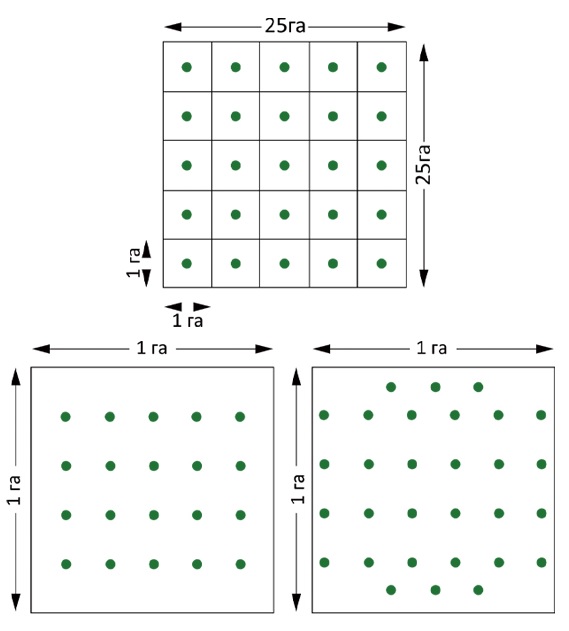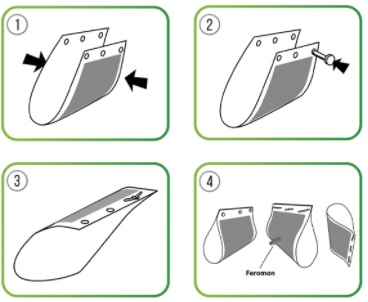Catalogue of traps and pheromones
Download traps and pheromones list

Download document
1.02 mb
A dangerous pest of fruit, berry and some forest crops. Non-migratory species. It develops on pome fruits from early spring to late autumn. Hibernates in the egg stage. Reproduces at a high rate.
Harmful to apple and pear orchards. The species is especially dangerous for young plantations of fruit nurseries. Damages apple, pear, medlar, quince, hawthorn, mountain ash, irga, cotoneaster.

Maturing rapidly, females breed profusely so that the number of these insects multiplies quickly.
Around 400 species of these are serious pests of agriculture and forestry. Ants have a mutualistic relationship with aphids, tending them for their honeydew, and protecting them from predators.
In addition to weakening the plant by sucking sap, they act as vectors
for plant viruses and disfigure ornamental plants with deposits of honeydew and the subsequent growth of sooty moulds
Control of aphids is not easy. Insecticides do not always produce reliable results, given resistance to several classes of insecticide and the fact that aphids often feed on the undersides of leaves.

Pupae and adults suck nutrients from the plant and disrupt the balance of growth hormones. As a result, plant growth slows down, leading to leaf deformation or, if infestation occurs early in the season, death of young plants. When growth slows down and leaves fall, harvest decreases. Plant sap is rich in sugars but low in protein. Therefore, aphids need a lot of juice to get enough protein.
Proper use of Pheromone Traps:
The pheromone trap is designed to monitor and reduce pest numbers. In order to determine the population density of pest insects and to identify pest outbreaks (monitoring), it is recommended to use 1 trap per 1 ha.
The trap should be placed as near the culture at the middle of the plant. Prior to the first flight of the thrips, the traps must be checked on a daily basis, and after the first thrips have been captured, the traps must be checked every 5-7 days. Pheromone dispensers can be changed after 4-6 weeks and sticky tapes can be replaced when is full with pests and dust. Protective measures are based on the results of the monitoring of population density of pest insects.
Trap placement:
For mass capture and sterilization of males, it is recommended to have more than 20 traps per hectare in opened field. In case of a large number of pest insects use 30 traps per 1 ha in opened field. In greenhouses it is recommended to have more than 15 traps per hectare. In case of a large number of pest insects use 20 traps per 1 ha.


Download traps and pheromones list

1.02 mb
Review our catalogue of pheromons and semiochemicals by chemical name

525.1 kb